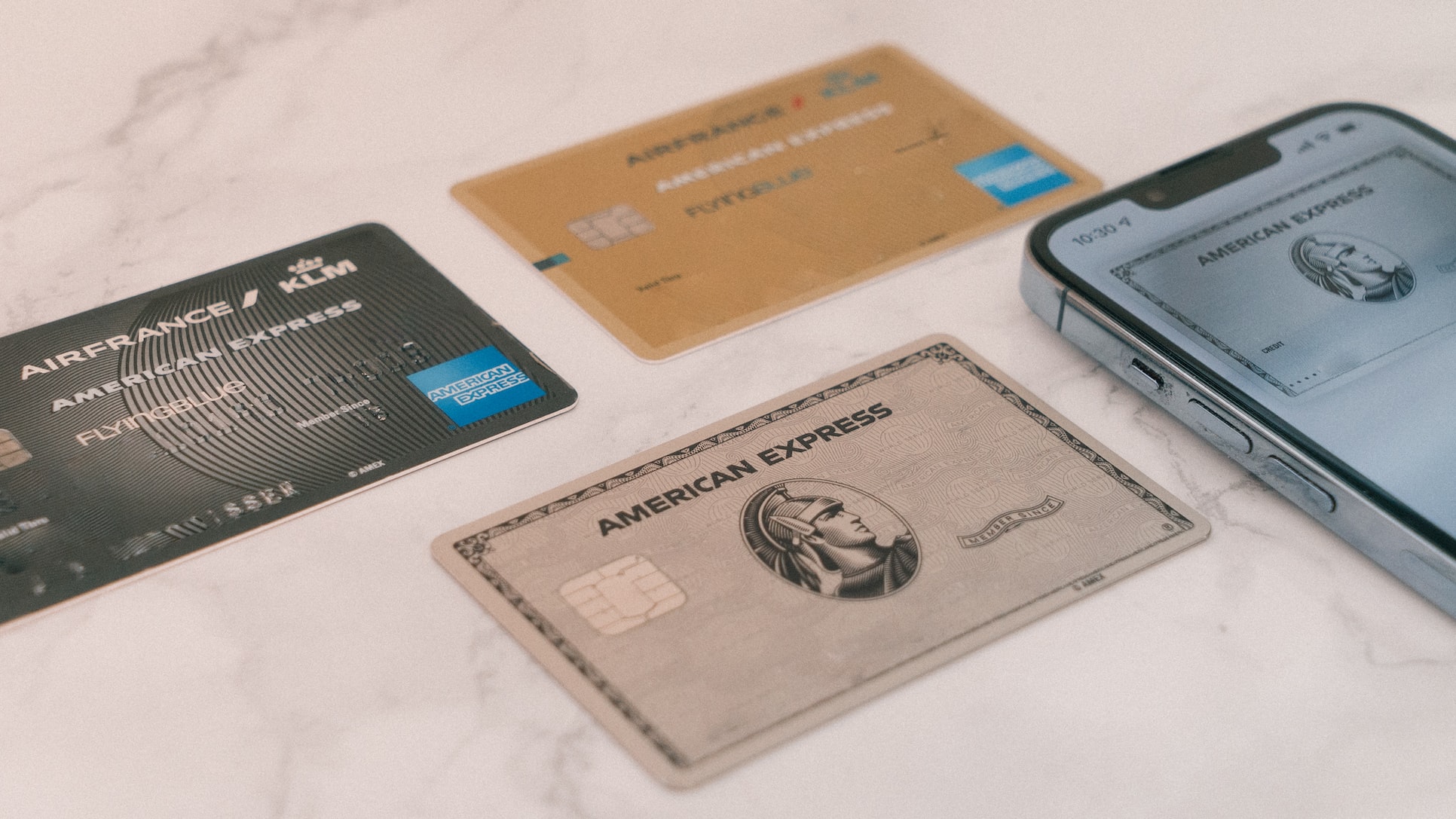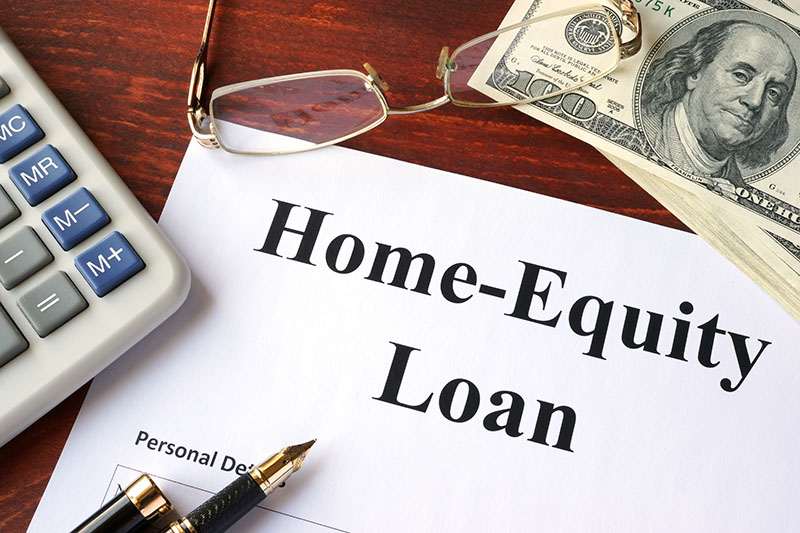Peer-to-Peer Lending: A New Way to Borrow and Invest
Key Takeaways
- Peer-to-peer (P2P) lending connects borrowers directly with individual investors via online platforms, offering a flexible alternative to traditional banks
- Benefits for borrowers include lower interest rates, easier access to credit, and greater control over the loan process
- Benefits for investors include portfolio diversification, higher returns than savings accounts, and low entry barriers
- Risks to consider include borrower defaults, lack of regulatory protection, and market volatility
- P2P lending is growing fast, driven by mobile tech and younger generations, with innovations like AI shaping its future

Lending is certainly not a new concept, but it has evolved tremendously since its creation many years ago. Money lending can be traced as far back as 3000 B.C. While most people consider going to their bank or a relative when a loan is needed, evolution has provided a new way for individuals and businesses to borrow and invest money, which is peer-to-peer lending (P2P). Peer-to-peer lending offers many advantages over traditional lending.
Peer-to-peer lending is an advanced lending strategy that enables individuals and businesses to acquire funds from individual investors rather than from a financial institution. To streamline the lending process and make it easier for borrowers and investors to connect, online platforms have been made available. These platforms enable borrowers to discover rates and terms, compare lenders, apply for loans, as well as finalize transactions.

The Rise of Peer-to-Peer Lending
Peer-to-peer lending has rapidly gained popularity since it originated in 2005, when the very first lending platform was introduced. There are several reasons for its increase in popularity, which are:
- Simplicity and versatility - Peer-to-peer lending platforms are simple and versatile, which attracts younger borrowers
- Mobile phones - The smartphone industry plays a huge role in the popularity of P2P. Not only are more and more international companies becoming involved in m-commerce, which drives P2P, but the rise in the use of cell phones in general, contributes to the ongoing growth of peer-to-peer lending
- Greater flexibility and consumer control - P2P enables users to enjoy increased flexibility and control, unlike banks and other financial institutions, which have strict guidelines and little flexibility
The P2P community produced $15 billion of revenue in 2014 as a whole, and it's projected that overall revenue will reach more than $330 billion by 2025. More than 70% of P2P transactions are completed by Millennials, followed by Gen-Zers, which means that younger consumers are more trusting of peer-to-peer lending platforms.
How Peer-to-Peer Lending Works
Peer-to-peer lending isn't a complicated process, which is one of the main reasons for its popularity. Here is a detailed explanation of the lending process:
- The first step in the process is when borrowers create loan listings. Creating a listing entails signing up for an account on a particular platform and providing all relevant information. This information typically includes income, personal information, and banking information, for ease of transferring funds upon approval and finalization. A credit check will be conducted to determine your level of creditworthiness, which will make connecting you with prospective lenders easier.
- Once you have completed the first step, your information will be shared with the lenders whose criteria you meet. Each lender sets their own requirements in advance, and upon receipt of your application, the lenders will process your application and decide whether to provide you with a loan. You may receive one or more loan offers, and once you've had time to look over the offers, you can accept a proposal. It takes approximately 24 hours for prospective lenders to review your request.
- Investors will officially approve and fund your loan, and then disbursement of funds will occur. Since you have linked your bank account, you should receive your funds relatively quickly, usually within 3 business days of approval. The funds will be distributed by the platform, and any applicable fees will be subtracted before disbursement.
- The final step in the process is loan repayment and returns for investors. Your loan terms will highlight exactly how much you must repay, which includes the principal amount you borrow, plus an agreed-upon percentage of interest. Generally, the lower your creditworthiness, the higher the interest. This will have been determined before the finalization of the loan. This is how P2P investors earn a return on providing loans.
Benefits for Borrowers
One reason that many borrowers turn to P2P for business or personal loans is because of the many benefits. Traditional financial institutions typically charge higher interest rates on loans, especially for those with less than stellar credit. However, P2P investors have less overhead, enabling them to offer more affordable interest rates. The increased efficiency of the underwriting process for P2P loans also allows for lower rates and costs overall, which is especially appealing.
Another benefit of peer-to-peer lending for borrowers is the increased number of lenders available. Typically, most borrowers have limited options when it comes to procuring a loan from a conventional bank, but P2P expands those options exponentially, substantially increasing their chances of approval. As a result of the increase in the number of potential lenders, there is often more leeway for approval for borrowers with poor credit or little to no collateral. This is because P2P includes lenders who are more forgiving and more willing to approve loans to those who fail to meet stringent standards.
Consumers who borrow money from banks and credit unions often have very little control over the process, nor is there much transparency from the financial institutions. This is the complete opposite when it comes to peer-to-peer lending, as borrowers can quickly and easily compare loan offers, which include terms, rates, and other pertinent information.
The ease of accessibility is yet another benefit of peer-to-peer lending for borrowers. Gone are the days of spending hours at the local bank, as borrowers can easily access the platform of their choice from the comfort of their own home or office. The entire process is simple and takes only a few days to go from searching for a loan to receiving funding that will be transferred directly to your bank account.
Benefits for Investors
Peer-to-peer lending provides benefits for investors, just like it does for borrowers. Here are just some of the great benefits that investors can take advantage of:
- Diversification of your portfolio - By becoming a peer-to-peer investor, you can add diversification to your portfolio, which could lower your overall level of risk
- Higher gains than savings accounts - Despite the prevalence of high-yield savings accounts, becoming a peer-to-peer lender gives you access to much higher yields than any savings account or bond can
- Low investing fees - Many P2P platforms make it possible for any type of investor to become a lender, despite their budgets. In some cases, investors can begin with as little as $25
Risks and Considerations
Despite the many benefits of P2P lending, there is the potential for certain risks that you should take into consideration before diving into this type of lending, whether you're a borrower or a lender. As a lender, the risk of default is always a possibility. The platform uses special algorithms to determine a borrower's risk of default, but they aren't foolproof. A borrower could have every intention of repaying a loan, but an unexpected event could prevent them from doing so, resulting in the loss of an investment.
The possibility of a lack of regulatory protection should also be considered before becoming a borrower or a lender on a P2P platform. Unlike banks and financial institutions which must adhere to various regulations, P2P platforms aren't bound by them. While there may be some regulations present, they're often inconsistent and not enforced. As a result, users of these platforms risk data breaches due to poorly secured sites, unsavory lenders could gain access to the platform and participate in predatory practices, and even possible failure of the platform itself. These possible risks could cause both borrowers and lenders to lose money if they're not careful.
Market volatility is another risk that must be considered, as percentage rates can fluctuate wildly. If your investments aren't managed properly, you could face some losses due to volatility in P2P lending investments.
Popular Peer-to-Peer Lending Platforms
If you're interested in getting started with peer-to-peer lending, whether you're interested in borrowing money or lending it, it's best to stick with some of the most popular and reputable platforms. Here are some of the more well-known peer-to-peer lending platforms that you should research:
- LendingClub - LendingClub has been in business since 2007 and has more than 4.8 million members. LendingClub is a top choice for several reasons. With an A BBB rating, and many loan products to choose from, including business and personal loans, banking, and investing, LendingClub has helped thousands of individuals and businesses achieve their financial goals.
- Prosper - Prosper is another top P2P lending platform because it helps businesses and individuals to prosper. In business since 2005, Prosper has made it possible for numerous investors to make money, while enabling borrowers to obtain loans for loan consolidation, refinancing of their homes, business loans, and much more.
- Funding Circle - Funding Circle is another peer-to-peer lending platform with a stellar reputation. They focus on only business-related loans and investing, including small business loans, business lines of credit, and traditional business loans. Not only does Funding Circle provide business loans, but it prides itself on a streamlined application process, which makes accessing funds simpler and faster.
Want to see more lending options? Check out our list below.
Borrower Eligibility and Requirements
Although each lender dictates the criteria that borrowers need to meet to qualify for loans, most platforms require the following for a business P2P loan:
- Must have been in business for a minimum of 2 years
- Must have a minimum of $50,000 in revenue a year
- Minimum personal credit score must be 660
Personal loans are typically more lenient, and credit scores can be as low as 580 in some cases. Personal loan borrowers must also meet the income and debt-to-income ratio requirements. Other criteria may need to be met depending on the specific platform and the specific loan type. The documentation and verification processes of P2P loans are similar to those of traditional loans. Borrowers will need to provide copies of their earnings, driver's licenses, bank statements, income tax returns, and any other requested information.
Investor Strategies
Again, choosing to invest in P2P lending could prove to be quite lucrative, if done properly. Firstly, it's a good idea to refrain from focusing on one type of investment. Diversifying investments is important because it can reduce your level of risk. While one investment type might exceed your expectations at any given time, another investment in your portfolio might fail to achieve as you expected. This can bring balance, therefore, minimizing your risk.
Regularly analyzing your loan listings can allow you to identify potential risks before they become a problem. There are other effective ways of managing risk when investing in P2P lending. Using different platforms, seeking out platforms that offer loan recovery services, and only investing in collateral-backed loans are just some of the many ways to protect yourself.
Future Trends and Innovations
Technological advancements are currently in the works to help shape the future of borrowing and investing in the P2P industry. One of the many advancements that is currently being implemented is the use of AI. AI is already making groundbreaking improvements that have made the platforms easier to navigate and assisted users with making more lucrative decisions as well as reduced any risk.
It is predicted that by 2027, the industry will reach $560 billion in revenue, and only increase from there. More and more individuals and businesses are discovering the convenience and benefits of peer-to-peer lending.
Regulatory Environment
Peer-to-peer lending is regulated by the FCA (Financial Conduct Authority). The FCA oversees the industry by promoting accountability and transparency, as well as by encouraging growth. The FCA is located in the United Kingdom, and they were appointed to oversee P2P lending in 2014 after several massive losses due to lack of regulation and transparency. Although regulations do not protect funding like traditional banks do, they do force lenders to abide by certain rules and a written code of ethics.

Conclusion
As you can see, peer-to-peer lending is an innovative new way to borrow and lend money that can assist you with achieving all your money-related goals. Now that you know the ins and outs of the peer-to-peer lending process, you should be properly prepared to get started as either a borrower or investor. Choose your favorite platform today, to get started with achieving all your financial goals with this viable lending process.




































































































